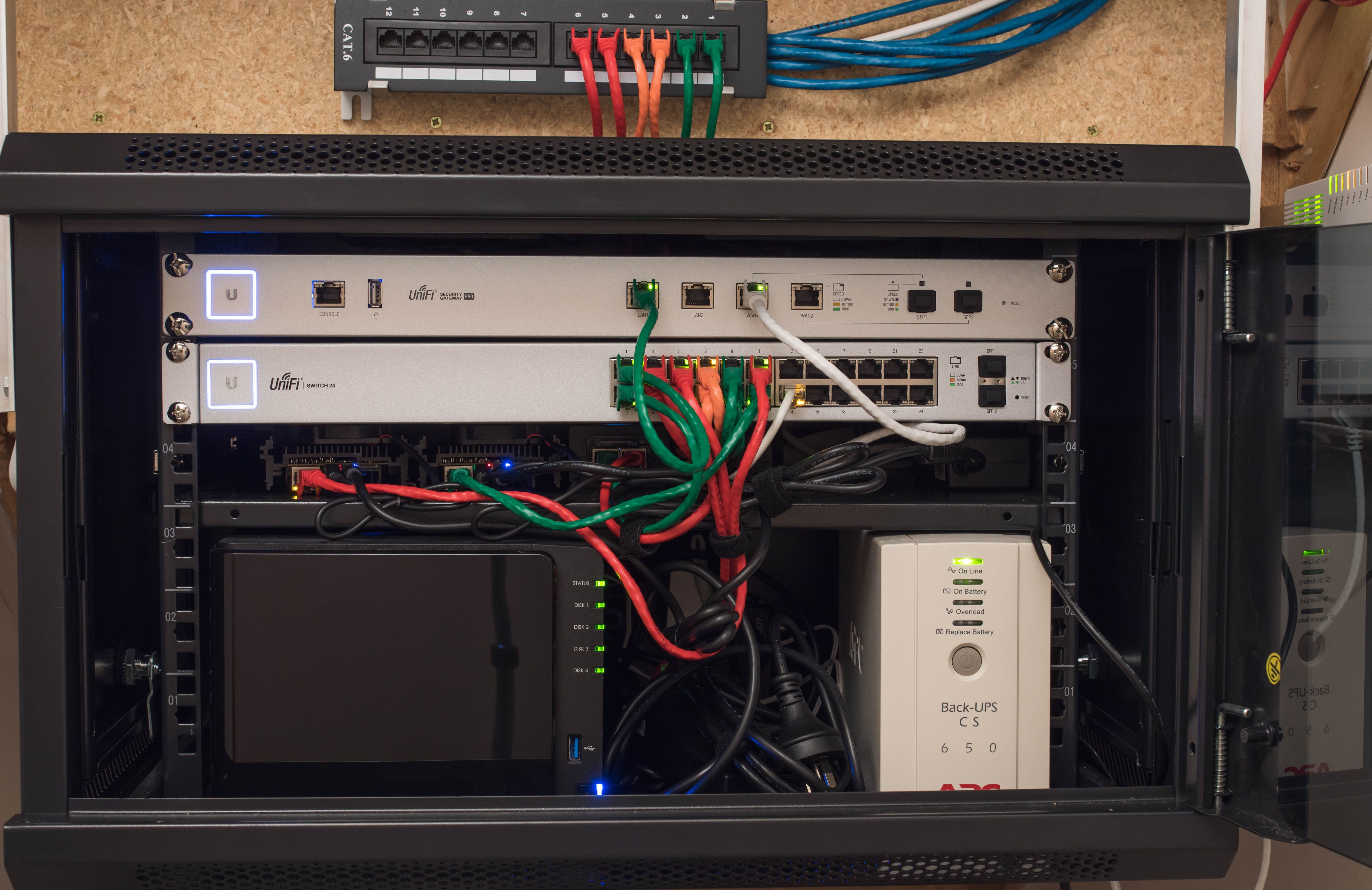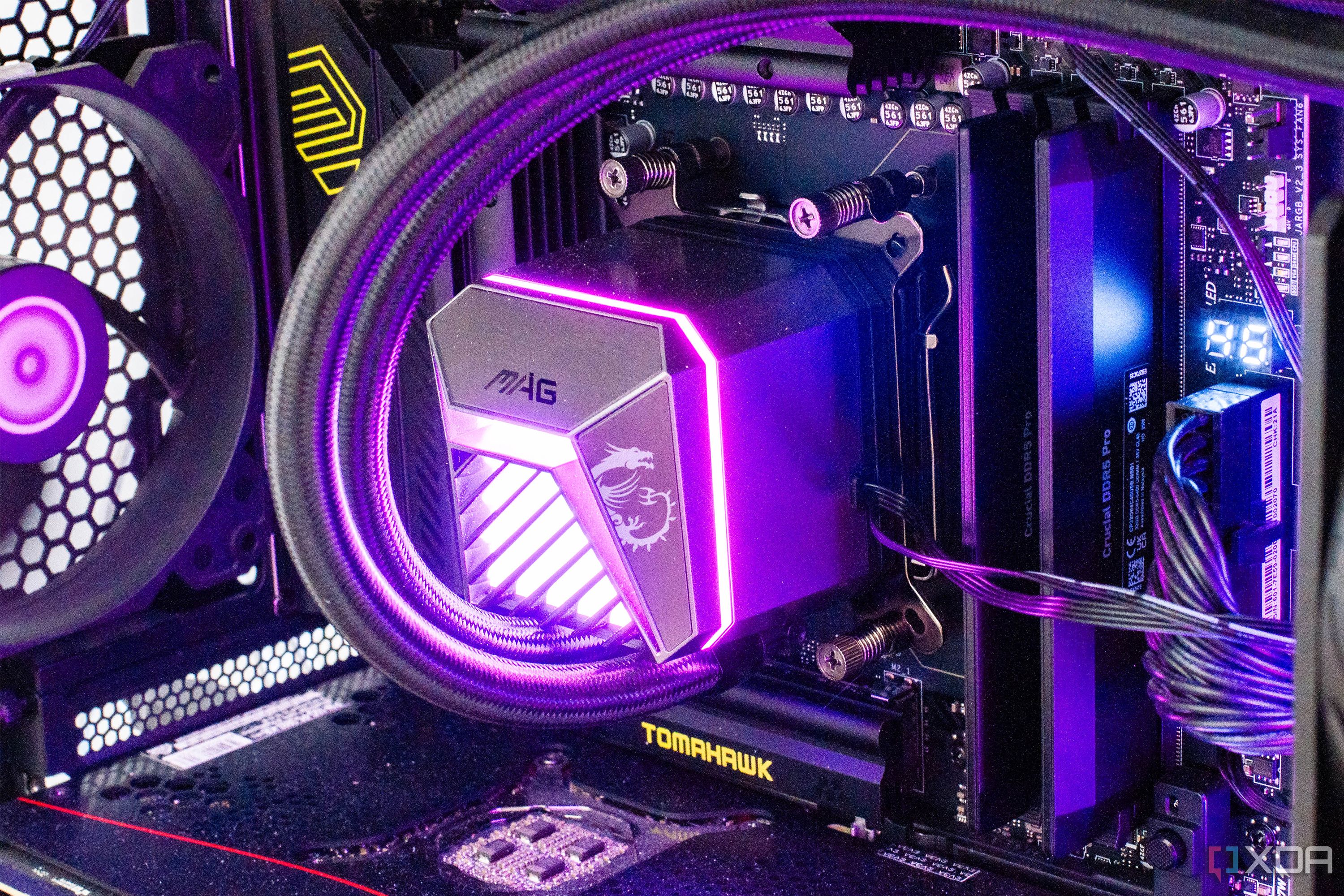AI-Driven Robot Installs Nearly 10,000 Solar Modules in Australia
Long-time Slashdot reader AmiMoJo shares an article from Renewables Now: Chinese tech company Leapting has successfully completed its first commercial deployment of photovoltaic (PV) modules with an AI-driven solar module mounting robot in Australia. The Chinese company was tasked with supporting the installation of French Neoen's (EPA:NEOEN) 350-MW/440-MWp Culcairn Solar Farm in New South Wales' Riverina region. Shanghai-based Leapting said this week that its intelligent robot has installed almost 10,000 modules at an "efficient, safe, and stable" pace that has "significantly" reduced the original construction timeline. Litian Intelligent was deployed at the Australian project site in early February. The machine has a 2.5-metre-high robotic arm sitting on a self-guided, self-propelled crawler. Equipped with a navigation system, and visual recognition technology, it can lift and mount PV panels weighing up to 30 kilograms. By replacing labour-intensive manual operations, the robot shortens the module installation cycle by 25%, while the installation efficiency increases three to five times as compared to manual labour and is easily adapted to complex environments, Leapting says. Or, as Clean Technica puts it, "Meet the robot replacing four workers at a time on solar projects." This is part of a broader industrial trend. In the United States, Rosendin Electric demonstrated its own semi-autonomous system in Texas that allowed a two-person team to install 350 to 400 modules per day, a clear step-change from traditional methods. AES Corporation has been developing a robot called Maximo that combines placement and fastening with computer vision. Trina Solar's Trinabot in China operates in a similar space, with prototype systems demonstrating 50-plus modules per hour... In an industry where time-to-energy is critical, shaving weeks off the construction schedule directly reduces costs and increases net revenue... [T]he direction is clear. The future of solar construction will be faster, safer, and more precise — not because of human brawn, but because of robotic repetition. There will still be humans on-site, but their role shifts from lifting panels to managing throughput. Just as cranes and excavators changed civil construction, so too will robots like Leapting's define the next era of solar deployment. Read more of this story at Slashdot.

Read more of this story at Slashdot.



























































































































